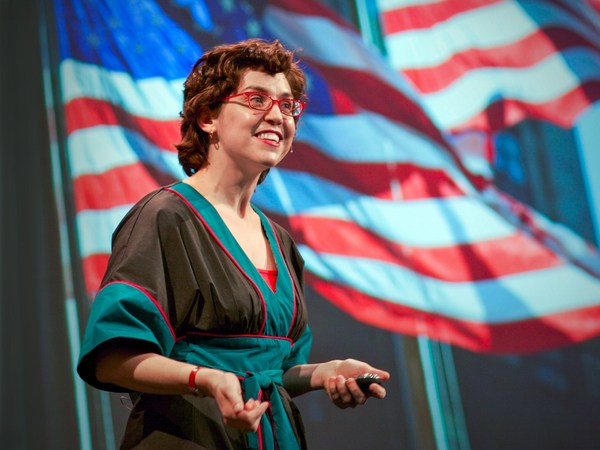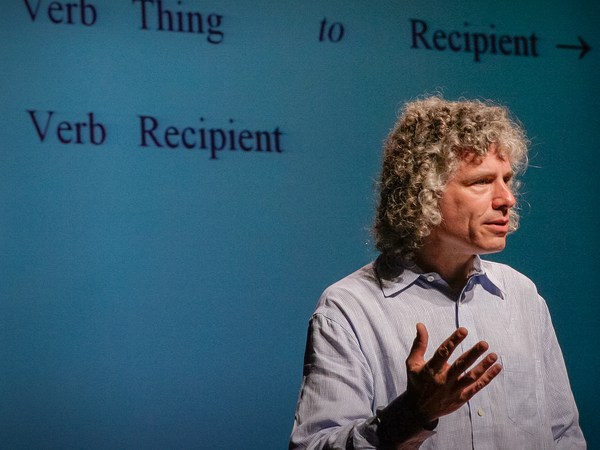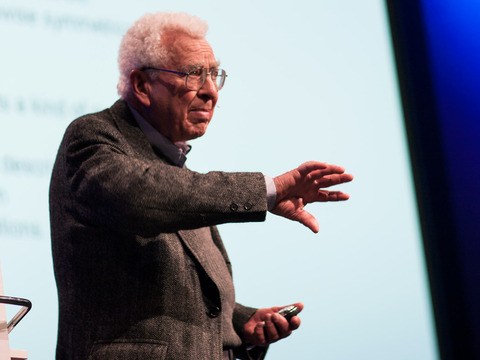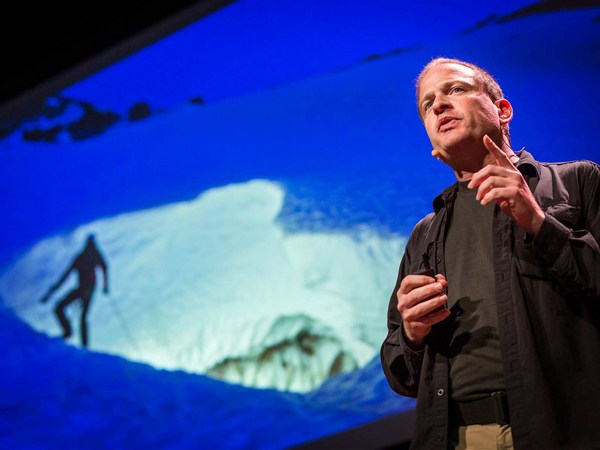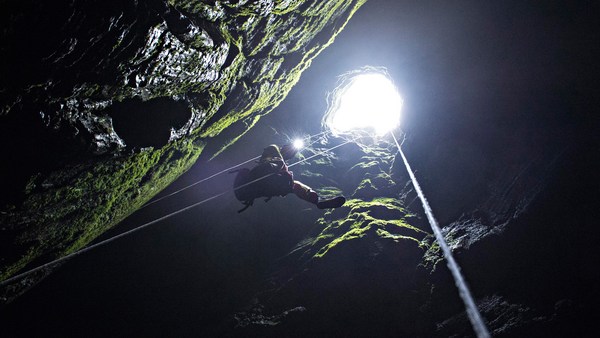Well, I'm involved in other things, besides physics. In fact, mostly now in other things.
One thing is distant relationships among human languages. And the professional, historical linguists in the U.S. and in Western Europe mostly try to stay away from any long-distance relationships, big groupings, groupings that go back a long time, longer than the familiar families. They don't like that. They think it's crank. I don't think it's crank. And there are some brilliant linguists, mostly Russians, who are working on that, at Santa Fe Institute and in Moscow, and I would love to see where that leads.
Does it really lead to a single ancestor some 20, 25,000 years ago? And what if we go back beyond that single ancestor, when there was presumably a competition among many languages? How far back does that go? How far back does modern language go? How many tens of thousands of years does it go back?
Chris Anderson: Do you have a hunch or a hope for what the answer to that is?
Murray Gell-Mann: Well, I would guess that modern language must be older than the cave paintings and cave engravings and cave sculptures and dance steps in the soft clay in the caves in Western Europe, in the Aurignacian Period some 35,000 years ago, or earlier. I can't believe they did all those things and didn't also have a modern language. So, I would guess that the actual origin goes back at least that far and maybe further.
But that doesn't mean that all, or many, or most of today's attested languages couldn't descend perhaps from one that's much younger than that, like say 20,000 years, or something of that kind. It's what we call a bottleneck.
CA: Well, Philip Anderson may have been right. You may just know more about everything than anyone. So, it's been an honor. Thank you Murray Gell-Mann. (Applause)
